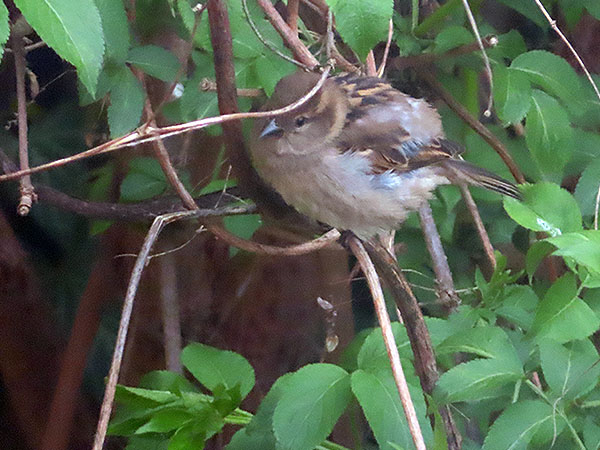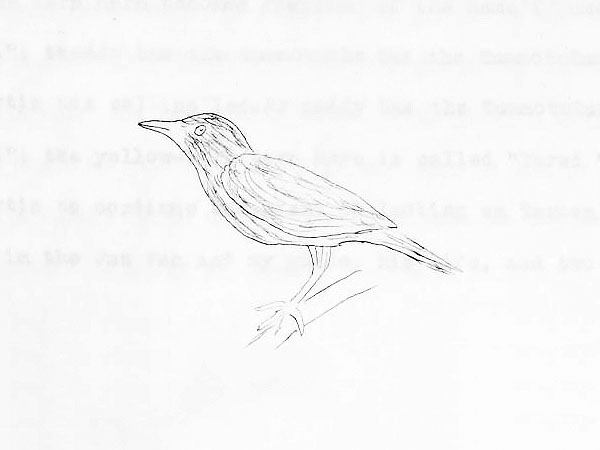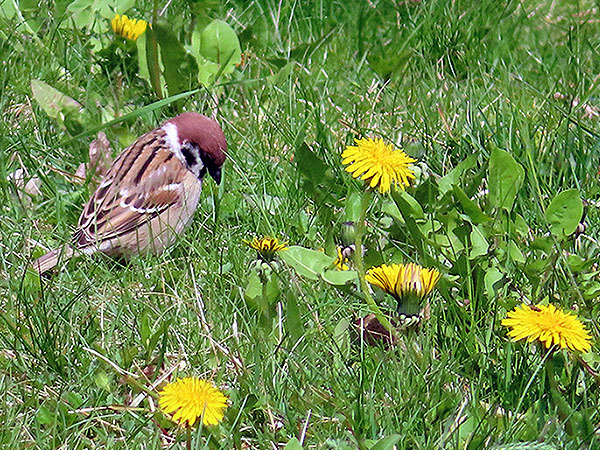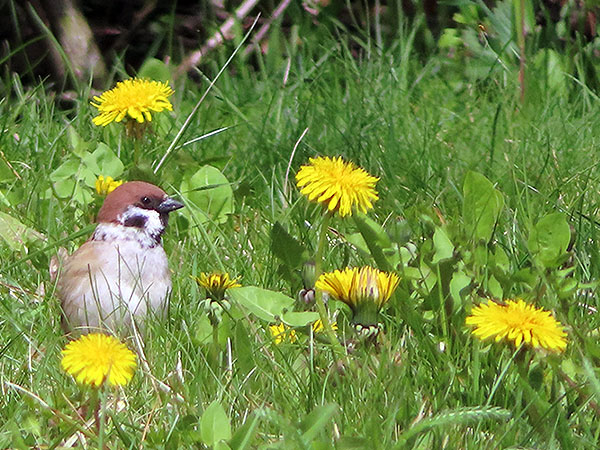

*********************
bearbeitet: 29.06.2023



*********************
bearbeitet: 29.06.2023
The Mangareva Reed Warbler (Acrocephalus astrolabii Holyoak & Thibault), only described in 1978, is one of the many mysterious birds whose cases were solved only quite recently.
The species was restricted to the Gambier Islands, where it was at least found on the biggest of the islands, Mangareva.
The species disappeared sometimes during the early or middle 19th century, but the natives still recalled the former presence of it and were also still using its name.:
“She [the daughter of the Chief of the island of Taravai] has not seen the “Komaku” herself, but her father, the Chief, has. He gave us the name and says he saw them about thirty or forty years ago.” [1]
***
The species apparently died out sometimes around the middle 19th century; it is, however, possible that it survived into the middle of the 20th century …:
“Signalons aussi qu’une fauvette fut observée sur l’îlot Tepapuri en 1971 (Thibault, 1973b). Ce dernier oiseau, blanchâtre dessus et brun dessous, devait être un erratique de la forme habitant, les atolls au nord des Gambier, A. caffer ravus.“ [2]
translation:
“Note also that a warbler was observed on Tepapuri islet in 1971 (Thibault, 1973b). This last bird, whitish above and brown below [I’m quite sure that it should be exactly reversed], must have been an erratic of the form inhabiting the atolls north of the Gambier, A. caffer ravus.”
I somewhat doubt that assumption, and this account may indeed be the very last sighting of a Mangareva Reed Warbler that took place on one of the northernmost motu of the Gambier Island’s fringing reef.
*********************
References:
[1] Whitney South Sea Expedition of the American Museum of Natural History: Voyage of the ‘France’ from Timoe Atoll to the Mangareva Islands; Voyage to Marutea. April 25 – May 14, 1922. Extracts from the Journal of Ernest H. Quayle; Assistant Field Naturalist. Book XXV through Book XXVIII. April 1 – June 24, 1922
[2] D. T. Holyoak; J.-C. Thibault: Contribution à l’étude des oiseaux de Polynésie orientale. Mémoires du Muséum national d’histoire naturelle 127(1): 1-209. 1984
[3] Alice Cibois; Jean-Claude Thibault; Eric Pasquet: Molecular and morphological analysis of Pacific reed warbler specimens of dubious origin, including Acrocephalus luscinius astrolabii. Bulletin on the British Ornitologists’ Club 131(1): 32-40. 2011
*********************

*********************
edited: 08.08.2021
Feldsperlinge gehören zu meinen absoluten Lieblingsvögeln, wenn man genau hinschaut kann man in ihrem kastanienbraunen Käppchen einen ganz zarten Hauch von Violett erkennen.


*********************
bearbeitet: 25.04.2021